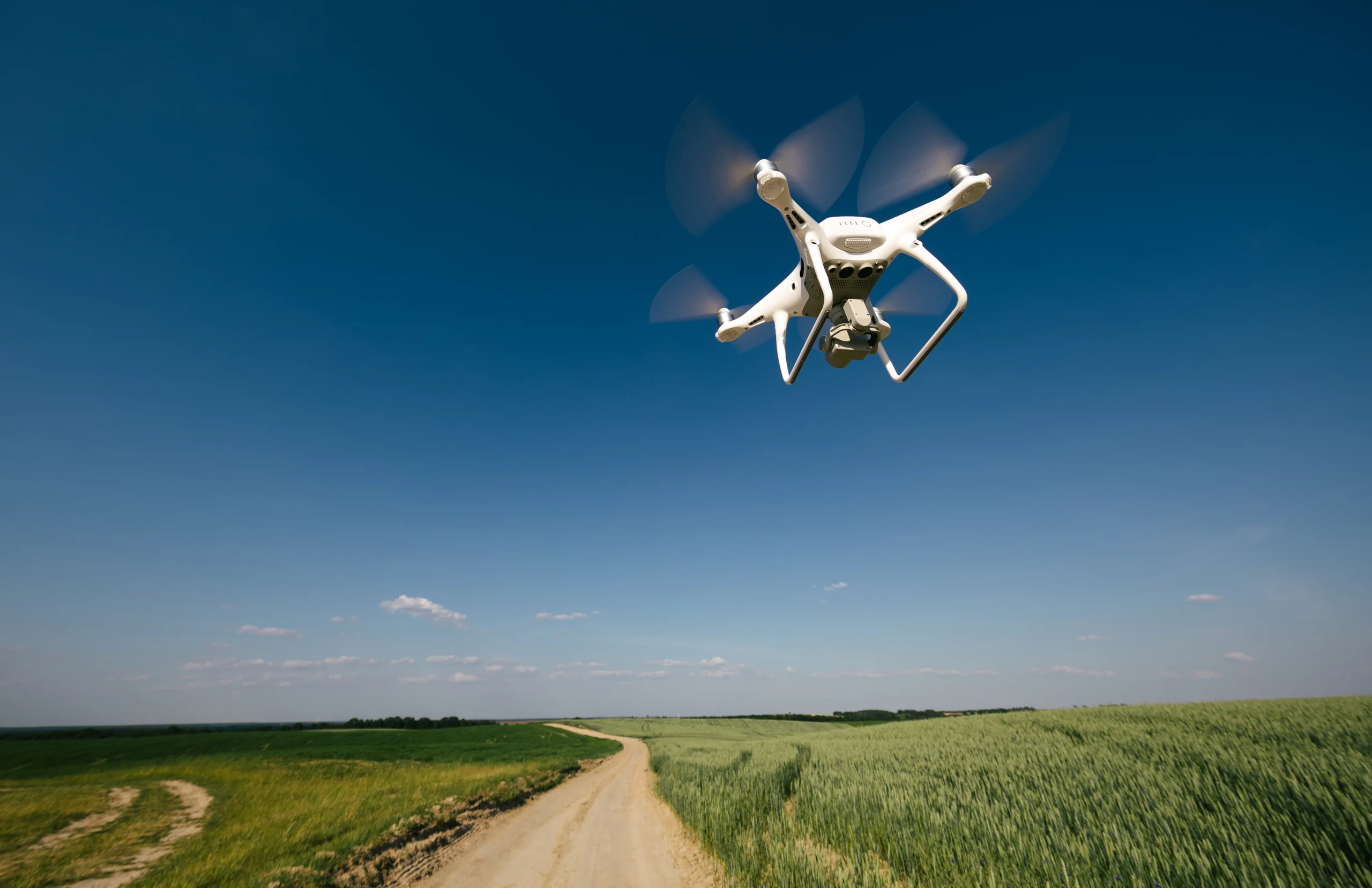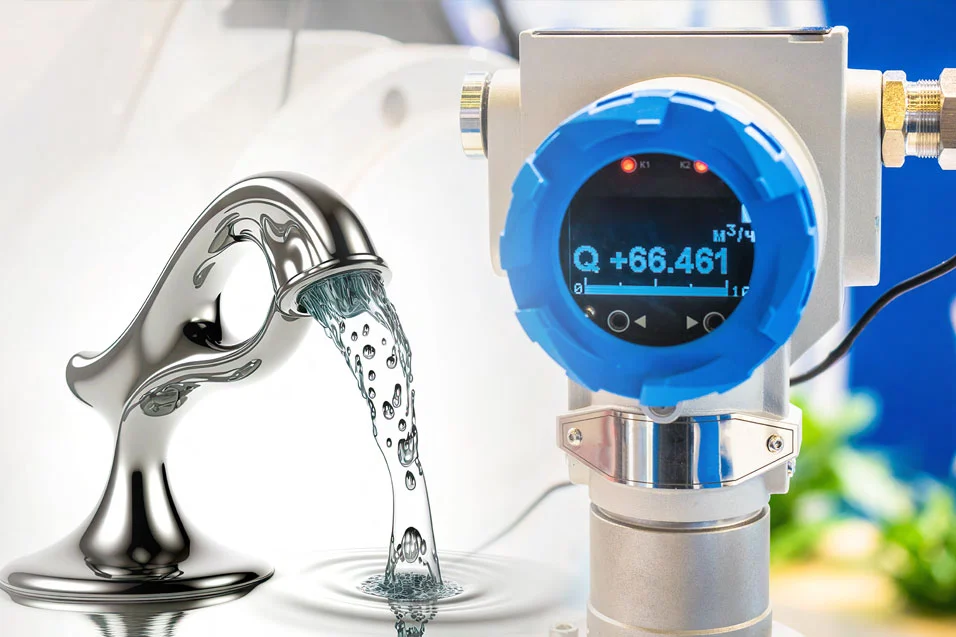The Internet of Things (IoT) has emerged as an influential trend in today’s increasingly connected world, altering how we interact with and control our devices. IoT gadgets have impacted practically every part of our lives, from smart devices that optimize energy use to wearable fitness trackers that monitor our health. However, a huge cybersecurity issue comes along with this innovation and development. In this blog, we will go into the IoT world, examine its significance, analyze the flaws in IoT devices, and offer practical methods for minimizing attack surfaces to improve the cybersecurity of IoT devices.
The Internet of Things (IoT) is a huge network of networked physical objects, including machinery, vehicles, appliances, and smart homes. Our lives are made more productive and convenient by these devices, which are with sensors, software, and other technologies that allow them to gather and share information.
Advantages of IoT devices
Many different types of devices are included in the IoT ecosystem:
- Smart home appliances including lighting, cameras, and thermostats.
- Wearable technologies, including fitness trackers and smartwatches.
- Industrial IoT equipment utilized in shipping, agriculture, and manufacturing.
- IoT healthcare equipment for patient remote monitoring.
- Vehicles having advanced driving assistance systems (ADAS) that are connected.
- Infrastructure for smart cities that keeps an eye on utilities, the environment, and transportation.
For several reasons, IoT has permeated both our daily lives and industries:
IoT devices optimize processes, cut down on waste, and increase resource efficiency. IoT sensors, for instance and monitor soil moisture levels in agriculture, resulting in water savings and higher agricultural yields.
Our lives are made easier by smart appliances, wearable technology, and smart home technologies. IoT improves comfort and convenience by allowing you to remotely adjust your home’s lights and temperature as well as get health-related information from your fitness tracker.
IoT promotes innovation in a variety of industries, including transportation and healthcare. Wearable IoT devices can continually monitor vital indicators in the healthcare industry, enabling the early identification of health issues and enhancing patient care.

IoT Security Attack Surfaces
IoT provides enormous volumes of data that can be examined to gain insightful knowledge. This information can help businesses make decisions, forecast maintenance requirements in industrial environments, and support urban planning for smart cities.
Despite these advantages, the widespread adoption of IoT has raised concerns about cybersecurity.
The Vulnerability of IoT Devices
Here are some key vulnerabilities and security risks associated with IoT devices:
- Weak Authentication: Many IoT devices come with default or weak credentials, making them easy targets for attackers. Some users might not change these default passwords, leaving devices vulnerable to exploitation.
- Lack of Updates: Outdated firmware can contain known vulnerabilities that remain unpatched, posing a serious risk. Manufacturers may not provide regular updates, or users may neglect to apply them.
- No Network Segmentation: Poor network design can expose critical systems to unnecessary risks. If IoT devices share the same network as critical infrastructure, a breach of an IoT device can compromise more sensitive systems.
- Inadequate Firewall Protection: The absence of firewalls or improperly configured ones can lead to unauthorized access. Without proper access controls, malicious actors can gain entry to the device or the network it is connected to.
- Unencrypted Data: Failure to encrypt data in transit and at rest exposes sensitive information to interception or theft. Unencrypted data can be a goldmine for attackers looking to steal personal or corporate data.
- Overprivileged Devices: Devices with excessive permissions are more susceptible to exploitation. If an attacker gains access to an IoT device with high-level privileges, they can potentially control the entire ecosystem.
- Unnecessary Features: Many IoT devices come with a plethora of features, some of which may not be required for their intended purpose. These unused functionalities can serve as attack vectors if not properly disabled.
An IoT (Internet of Things) device’s attack surface includes all potential points or routes by which attackers can take advantage of security flaws. Network interfaces, operating systems, firmware, physical ports, authentication techniques, cloud services, APIs, sensors, and physical access are a few of the components it consists of. It is crucial to reduce this attack surface by putting in place strong security mechanisms.
Reducing Attack Surface: Strategies and Best Practices
To bolster the cybersecurity of IoT devices and minimize attack surfaces, consider implementing the following strategies and best practices:
● Strong Authentication in IoT Devices
Require strong, unique passwords for each device, and encourage users to change default credentials during setup. Implement two-factor authentication (2FA) wherever possible. This increases security by requesting two pieces of identity from users before giving access.
● Regular Firmware Updates
Stay vigilant about firmware updates from manufacturers and promptly apply them. Security patches for known vulnerabilities are frequently included in routine updates. Some devices offer automated update features, which should be enabled when available.
● Network Segmentation
Segment your IoT devices onto a separate network from critical systems. This isolates potential breaches and limits unauthorized access. Network segmentation ensures that even if an attacker gains access to an IoT device, they won’t automatically have access to sensitive data or systems.
● Firewall Protection
Deploy firewalls with strict rule sets to control inbound and outbound traffic to and from IoT devices. Customize firewall rules based on device requirements. Firewalls act as a barrier between the device and potential threats, filtering out malicious traffic.
● Data Encryption
Encrypt data both in transit and at rest using robust encryption protocols. This safeguards sensitive information from eavesdropping and data theft. Data is encrypted to make sure that even if it is intercepted, it cannot be decoded without the correct decryption key.
● Least Privilege Principle
Follow the principle of least privilege (PoLP) to restrict device permissions to only what is necessary for their intended functions. Limiting privileges reduce the attack surface by ensuring that devices only have access to the resources required for their operation.
● Disable Unnecessary Features
Turn off any features or services on IoT devices that are not essential for their operation. Fewer active components mean fewer vulnerabilities. For example, if a smart camera has unnecessary network services running, they should be disabled to reduce the potential attack surface.

How eInfochips Helps to Enhance IoT Device Security
At eInfochips, we are committed to enhancing the security of IoT devices. Our comprehensive suite of services includes:
IoT Security Assessment
We evaluate your IoT infrastructure to identify vulnerabilities and recommend security enhancements. Our team of experienced cybersecurity professionals conducts thorough assessments to pinpoint weaknesses in your ecosystem, from device configurations to network architecture.
Our IoT security assessment includes:
- Device Vulnerability Scanning: We scan your IoT devices for known vulnerabilities and misconfigurations, providing you with a detailed report of issues that need attention.
- Network Analysis: We assess your network architecture to ensure proper segmentation and firewall configurations, identifying any weaknesses that could be exploited.
- Policy Review: We evaluate your security policies and procedures to determine their effectiveness and alignment with industry best practices.
Data Encryption Solutions
We offer encryption solutions to protect your IoT data, ensuring it remains confidential and secure. Data encryption is crucial for safeguarding sensitive information transmitted between devices and stored on servers.
Our data encryption services include:
- End-to-End Encryption: We implement strong encryption protocols to protect data both in transit and at rest, preventing unauthorized access.
- Key Management: We assist in managing encryption keys securely, ensuring that they are stored and transmitted in a way that minimizes the risk of compromise.
- Compliance Support: We help you meet industry-specific data security compliance requirements, such as 62443, GDPR, HIPAA, etc., by implementing encryption controls.
Conclusion
IoT continues to shape the future, it’s crucial to be proactive in securing these devices. By understanding IoT’s significance, recognizing vulnerabilities, and implementing the strategies and best practices outlined here, we can significantly reduce attack surfaces and enhance the cybersecurity of our IoT devices. At eInfochips, we are here to support you on your journey to a more secure and connected world.















